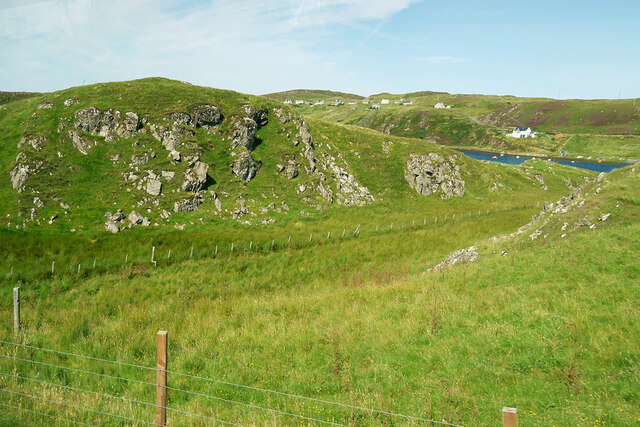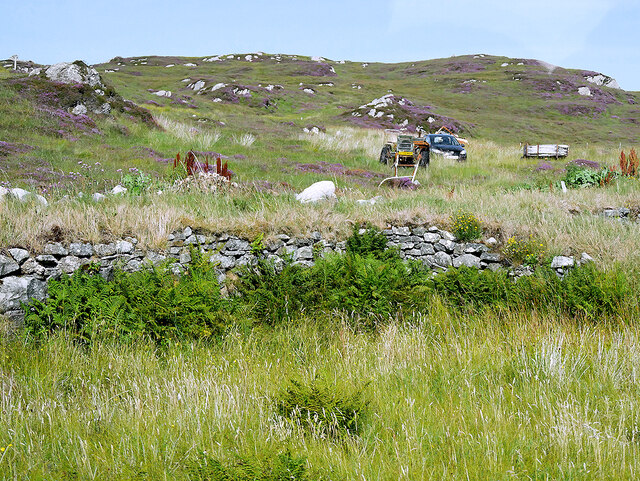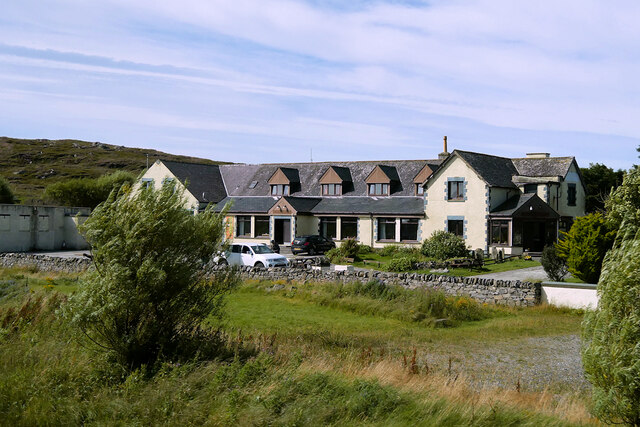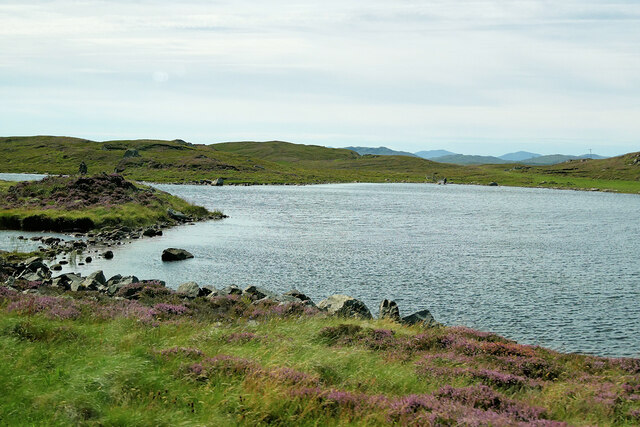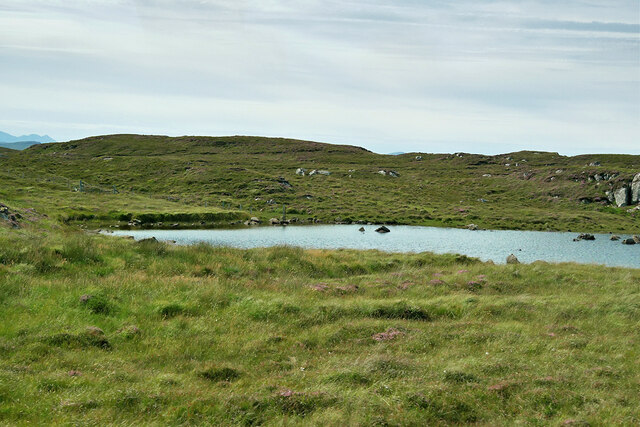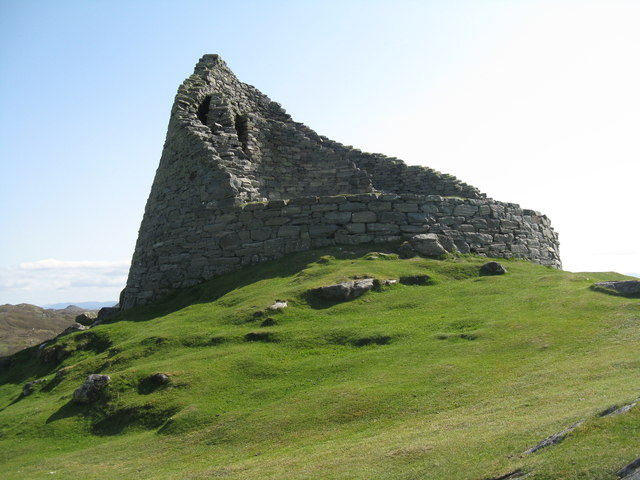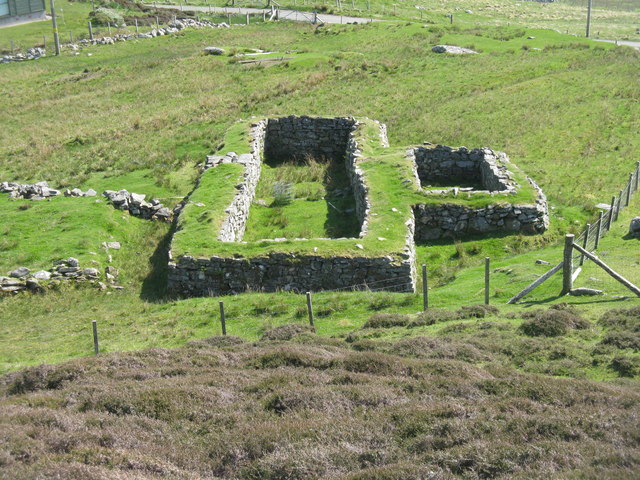Loch Buailaval Beag
Lake, Pool, Pond, Freshwater Marsh in Ross-shire
Scotland
Loch Buailaval Beag
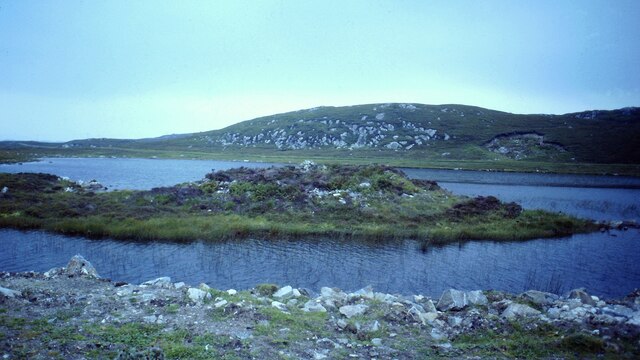
Loch Buailaval Beag is a picturesque freshwater marsh located in Ross-shire, Scotland. Nestled amidst the stunning Scottish Highlands, this small loch offers breathtaking views and a tranquil atmosphere.
Covering an area of approximately 10 acres, Loch Buailaval Beag is surrounded by lush green vegetation, creating a vibrant and scenic landscape. The loch is fed by several small streams and springs, which ensure a steady flow of freshwater. The water in the loch is crystal clear, allowing visitors to see the various aquatic plants and wildlife that call this place home.
The marsh surrounding the loch is abundant in reeds, sedges, and other wetland plants, providing a rich habitat for a diverse range of bird species. Birdwatchers are often treated to sightings of rare and migrating birds, including wading birds, ducks, and even the occasional osprey.
The loch itself provides an excellent habitat for fish, with brown trout being the most common species found here. Anglers often visit Loch Buailaval Beag to try their luck at catching these elusive trout.
Visitors to Loch Buailaval Beag can enjoy its natural beauty by taking a leisurely stroll along the loch's edge, or by simply sitting on its banks and taking in the serene surroundings. The loch is also a popular spot for photographers, who are drawn to its mirror-like surface and the reflections it creates.
In summary, Loch Buailaval Beag is a small but stunning freshwater marsh in Ross-shire, Scotland. Its lush surroundings, diverse birdlife, and clear waters make it an ideal destination for nature enthusiasts and those seeking tranquility amidst the Scottish Highlands.
If you have any feedback on the listing, please let us know in the comments section below.
Loch Buailaval Beag Images
Images are sourced within 2km of 58.264989/-6.7702683 or Grid Reference NB2040. Thanks to Geograph Open Source API. All images are credited.
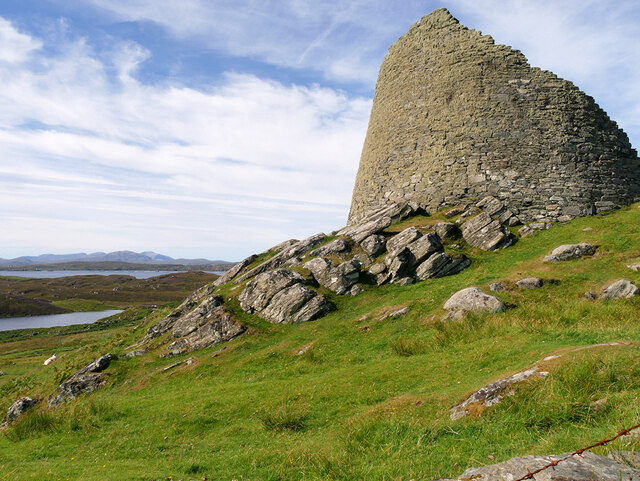
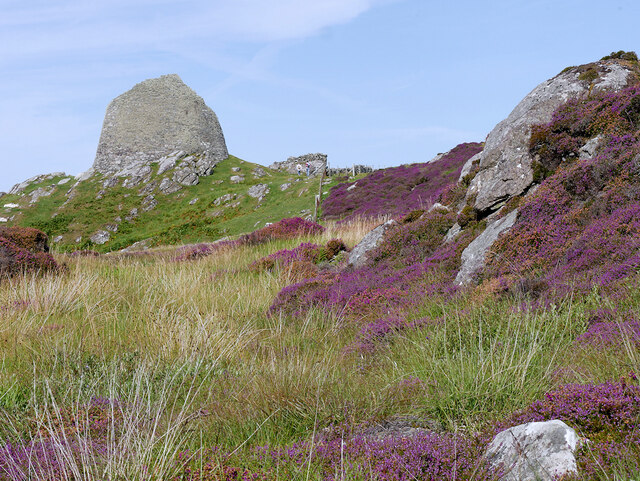
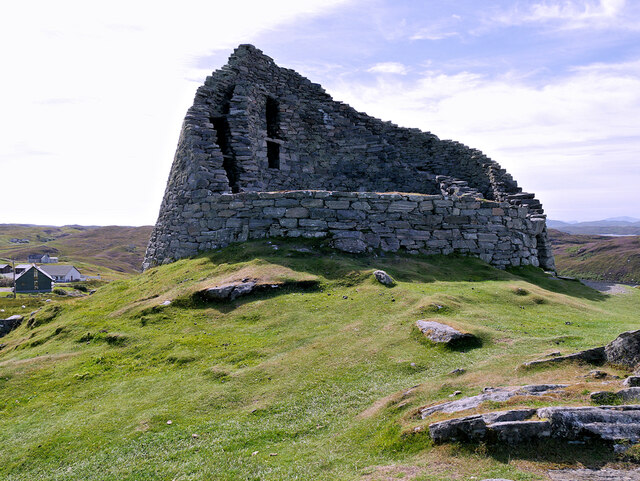
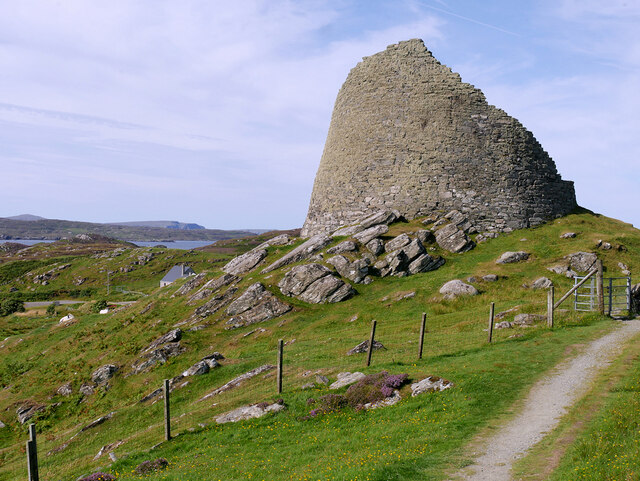
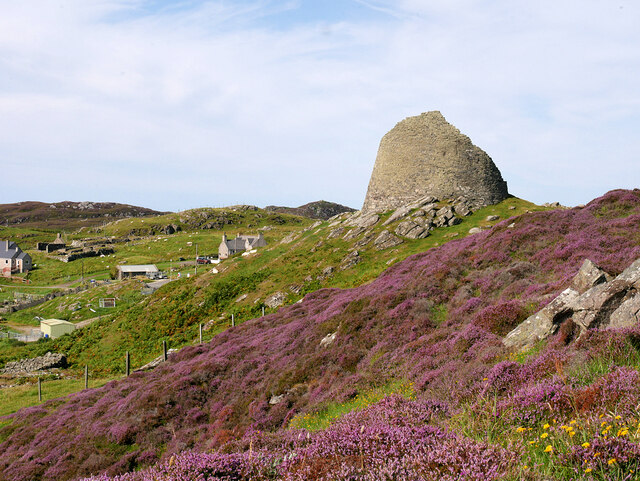
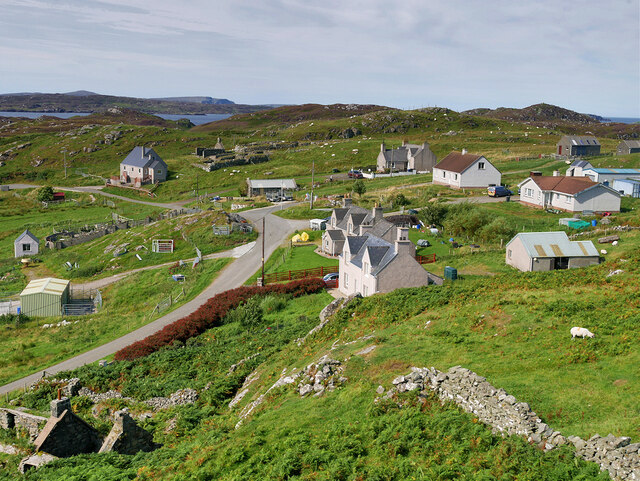
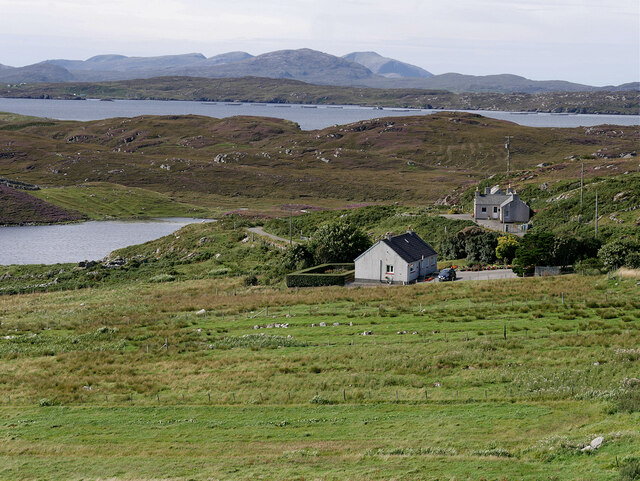
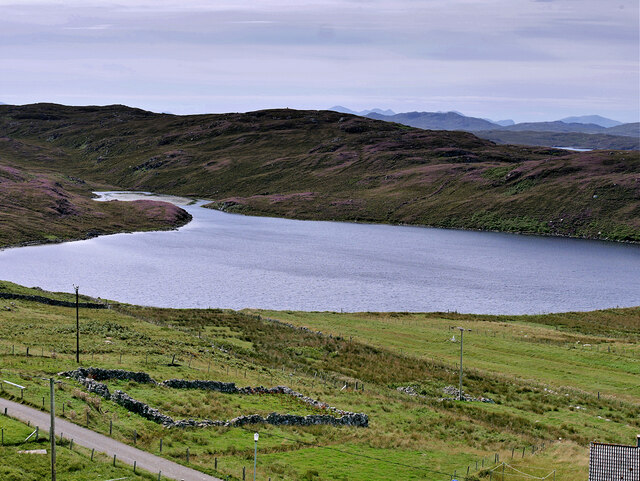
Loch Buailaval Beag is located at Grid Ref: NB2040 (Lat: 58.264989, Lng: -6.7702683)
Unitary Authority: Na h-Eileanan an Iar
Police Authority: Highlands and Islands
What 3 Words
///waking.lows.scanning. Near Carloway, Na h-Eileanan Siar
Nearby Locations
Related Wikis
Dun Carloway
Dun Carloway (Scottish Gaelic: Dùn Chàrlabhaigh) is a broch situated in the district of Carloway, on the west coast of the Isle of Lewis, Scotland (grid...
Carloway
Carloway (Scottish Gaelic: Càrlabhagh [ˈkʰaːɾɫ̪ə.ɤː]) is a crofting township and a district on the west coast of the Isle of Lewis, in the Outer Hebrides...
Borrowston, Lewis
Borrowston (Scottish Gaelic: Borghastan), with a population of about 50, is a crofting township situated on the Isle of Lewis, on the Outer Hebrides of...
Tolsta Chaolais
Tolsta Chaolais (also Tolastadh Chaolais, Tolstadh a' Chaolais) is a village on the Isle of Lewis, Scotland. It consists of about forty houses, clustered...
Nearby Amenities
Located within 500m of 58.264989,-6.7702683Have you been to Loch Buailaval Beag?
Leave your review of Loch Buailaval Beag below (or comments, questions and feedback).
